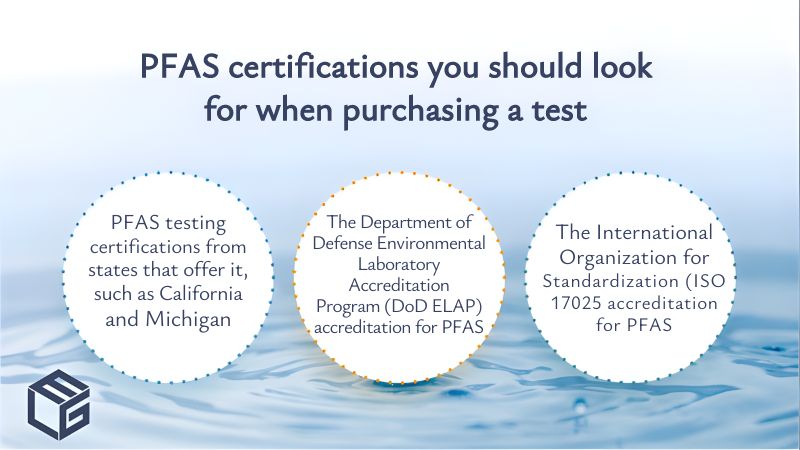-
About »
- Insulin MDL
-
Cases »
- Diseases
- Testimonials
- Government
- Contact
- Get Help Now
-
If you are considering testing to evaluate PFAS in a public water system, you should contact your state to learn whether they have state-certified laboratories to test for these contaminants. For drinking water, it is best to use an EPA-validated testing method.

In previous years, testing for PFAS relied on state certifications and the EPA’s testing methods. In April 2024, the EPA released the first national drinking water standard for six PFAS, placing a legally enforceable regulation of PFAS in our public drinking water systems.
Through the Safe Drinking Water Act, the EPA has the authority to set NPDWR, which sets maximum contaminant level goals (MCLG) for PFOA and PFOS at four (4) parts per trillion. The MCLG for other PFAS, including PFNA, PFHxS, and HPFO-DA, was set at ten (10) parts per trillion.
To ensure your drinking water is safe, you may contact your local water systems to inquire about the PFAS levels in your public water system and how they monitor PFAS levels, according to the NPDWR. The regulation gives them up to five years to comply with monitoring rules and to reduce PFAS levels in their systems. You may also choose to test the water using accredited laboratories. Several states offer certification programs for laboratories that want to be certified to analyze drinking water samples using the EPA’s standard methods.
The first step you should follow if you intend to test your drinking water for PFAS is to make sure the test is designed for your sample medium, which can be groundwater, surface water, or tap water. Afterward, look for a laboratory that has a certification, as there are some PFAS certifications you should look for when purchasing a test, such as:
Laboratories can get certified to perform tests for specific analytes, such as PFOA or PFOS. Alternatively, you can look for a laboratory that uses standard EPA testing methods for PFAS. The agency developed, validated, and published 3 methods for testing for unique PFAS in finished drinking water:
It is worth noting that some laboratories provide modified versions of the EPA’s PFAS methods for different sample mediums or for specific PFAS not included in the original method. According to the EPA, there is no standardized description of modified methods. Finally, these are the laboratory testing guidelines for public water systems:
If the drinking water of your community was affected by PFAS contamination, we strongly encourage you to get in touch with our experienced attorneys, as you might be eligible to join the PFAS water contamination lawsuit and obtain compensation.
For over three decades, our diligent attorneys have been handling toxic exposure claims and will also help you join the PFAS water contamination lawsuit.
If your drinking water source contains PFAS your community might be eligible for compensation, which can be used for water testing, remediation, and treatment. We will gladly help you join the lawsuit so you can enjoy clean and safe water.